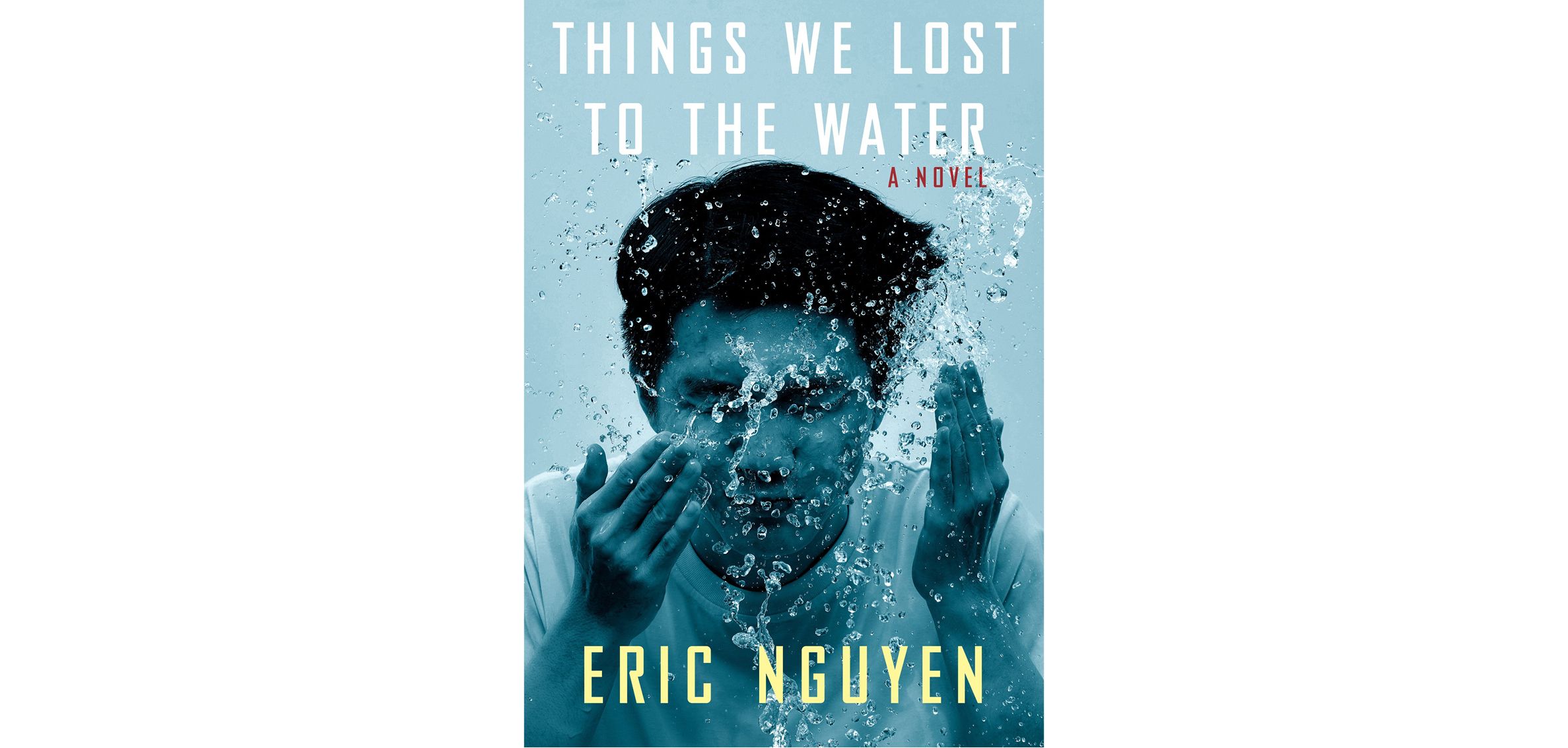Off the page: ‘Things We Lost to the Water’
Blistering temperatures, rainy afternoons, boat-laden rivers and a history of French colonization—you’d be forgiven if visions of New Orleans spring to mind. In fact, you’d be correct. But for the thousands of Vietnamese refugees who landed in that city’s ports after the events of April 30, 1975, the trademark sensory backdrops of their newly assigned home bore a striking resemblance to the monsoon climates still so familiar in memory—albeit with a few caveats. For New Orleans, they would need a new language. For New Orleans, they would need a new job. And for people like Huong, the 27-year-old mother and initial protagonist of Eric Nguyen’s debut novel, Things We Lost to the Water, they would need to let go of the family left behind.
“They are not like you and I don’t know what to do.” So Huong speaks into the cassette recordings she sends to Công, her literature professor husband inexplicably lost during the chaos of their escape, as she attempts to raise her two sons, Tuan and Binh, in a housing complex in New Orleans East. During the novel’s span of 26 years, from 1979 to 2005, Nguyen traces the family’s struggles alongside fellow refugees, complicated friendships, dangerous street gangs and difficult first loves, but the story is more than a by-the-book bildungsroman. By shifting points of view throughout the novel, Nguyen, who earned an MFA in creative writing from McNeese State University, weaves the everyday challenges of growing up with the unique pressures of overcoming the traumas of war. The success of that self-actualization, of course, varies from person to person, not to mention generation to generation, with each triumph and faux pas highlighting the dignities and ironies of immigrant life in the United States, where true freedom is never guaranteed.
Anyone who remembers the significance of August 2005 will foresee where the story leads. The events of a great flood, after all, seem only fitting for a novel entrenched with oceans and rivers, ebbs and flows. But for a city below sea level, maybe that’s the point: in a world where nothing is rigid, where people and places come and go, it is the gift of fluidity—not attachment—that delivers the promise of high ground.












